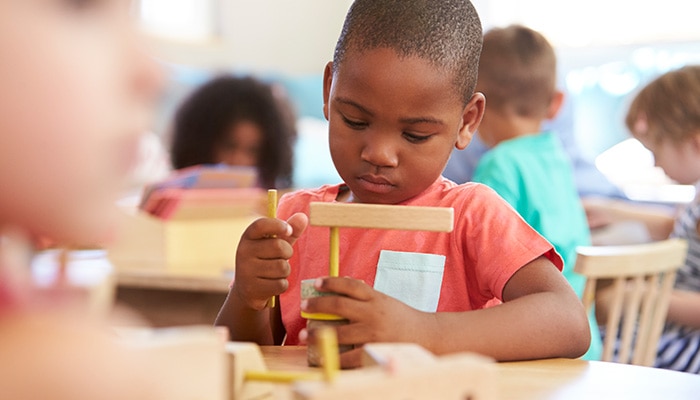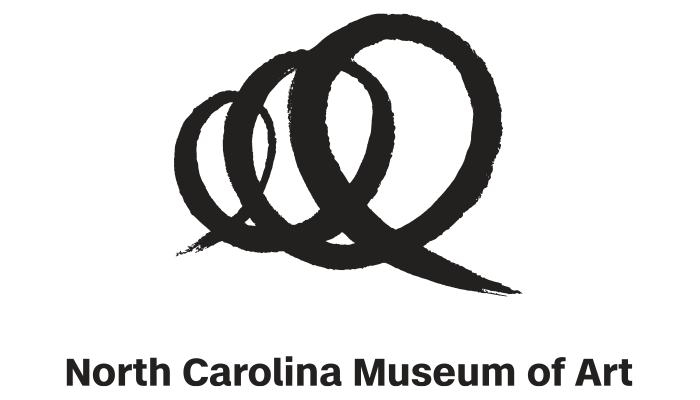While we believe that the books and resources recommended may be of value to you, keep in mind that these are suggestions only and you must do your own due diligence to determine whether the materials are appropriate and suitable for your use. PNC has no sponsorship or endorsement agreement with the authors or publishers of the materials listed.
ANIMAL FRIENDS

Animal Sculptures
Children will explore animal shapes and create a sculpture.

Lesson Objective
Children will explore the basic shapes that make up an animal.
Science
What You'll Need
- Reclining Bull from the North Carolina Museum of Art website
- 2" × 2" and 2" × 4" wood scraps (available free at home improvement stores) – 1 of each size per child
- Small wood pieces for eyes and ears (packets available inexpensively at craft stores)
- Non-toxic tacky craft glue – 1 bottle per 2 children
- Butcher paper – to cover tables
What To Do
- Display the artwork, and ask the children what they see (see Guiding Student Inquiry).
- Have the children point out shapes they see in the sculpture.
- Ask what they think the animal is and what it is doing – standing, sitting, or lying down.
- Explain that this wooden sculpture is called Reclining Bull, and it is a bull that is lying down. The word, reclining, means lying down.
- Tell the children that they will be creating an animal sculpture using wood shapes and glue. Tell them to think about how their animal will be positioned.
- Display the collection of larger wood scraps.
- Assist the children with choosing wood shapes to represent the body, head, and legs of an animal.
- Demonstrate fitting the shapes together to resemble an animal, and glue them into place.
- Assist the children with choosing smaller pieces of wood for eyes, ears, antlers, and so forth.
- Assist the children with gluing the smaller pieces in place.
- Place sculptures on a table for drying.
- Gather the children for a “gallery walk” around the sculptures.
- Have each child explain the animal that is represented by their sculpture (see Guiding Student Inquiry) and the body position their animal is in.
Resources
Home School Resources
Home educators: use these printable lesson PDFs to teach this lesson to your home schoolers. They're available in English and Spanish.
Content Provided By
Common Core State Standards Initiative – These lessons are aligned with the Common Core State Standards ("CCSS"). The CCSS provide a consistent, clear understanding of the concepts and skills children are expected to learn and guide teachers to provide their students with opportunities to gain these important skills and foundational knowledge [1]. Visit the CCSS


